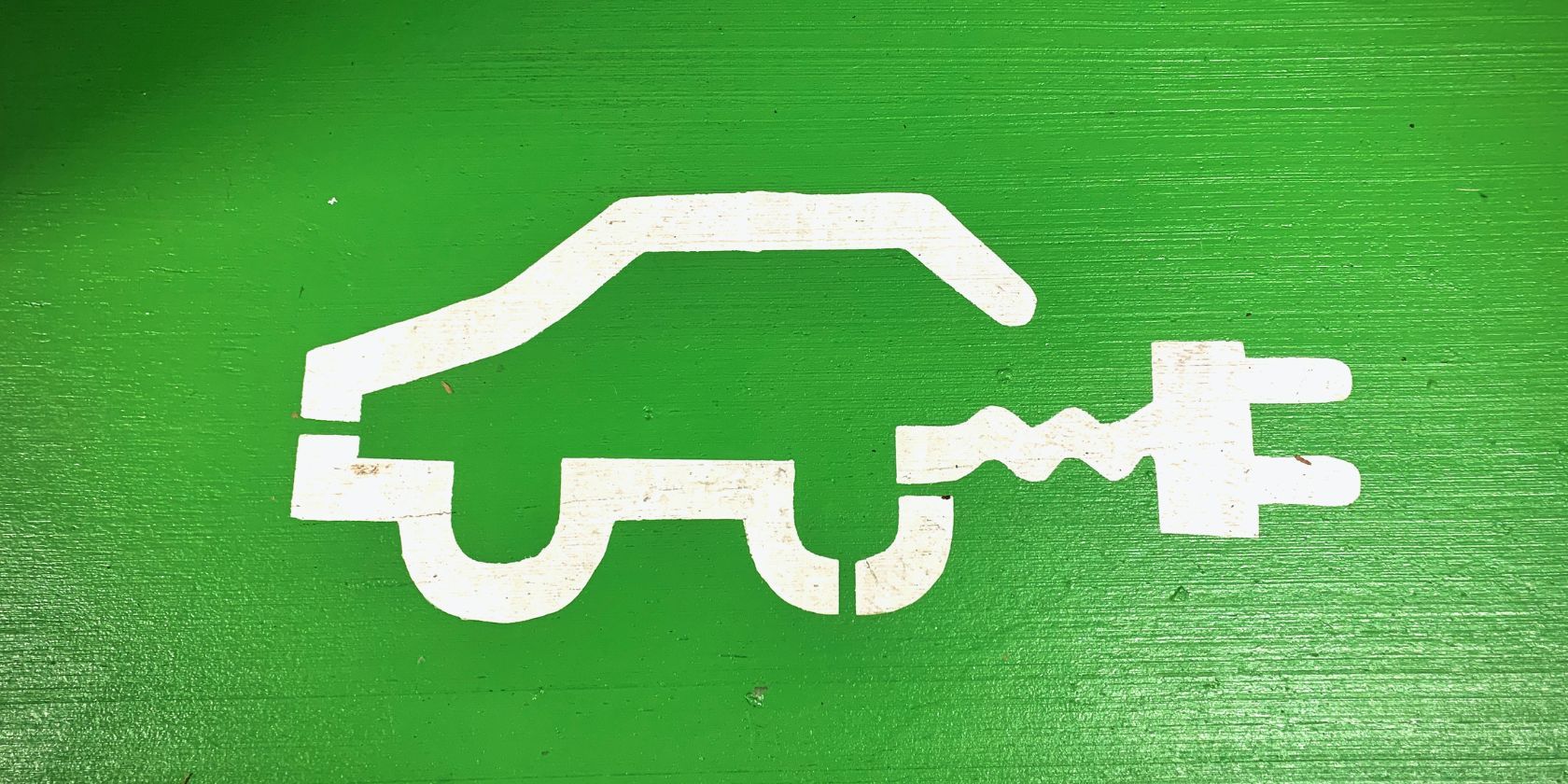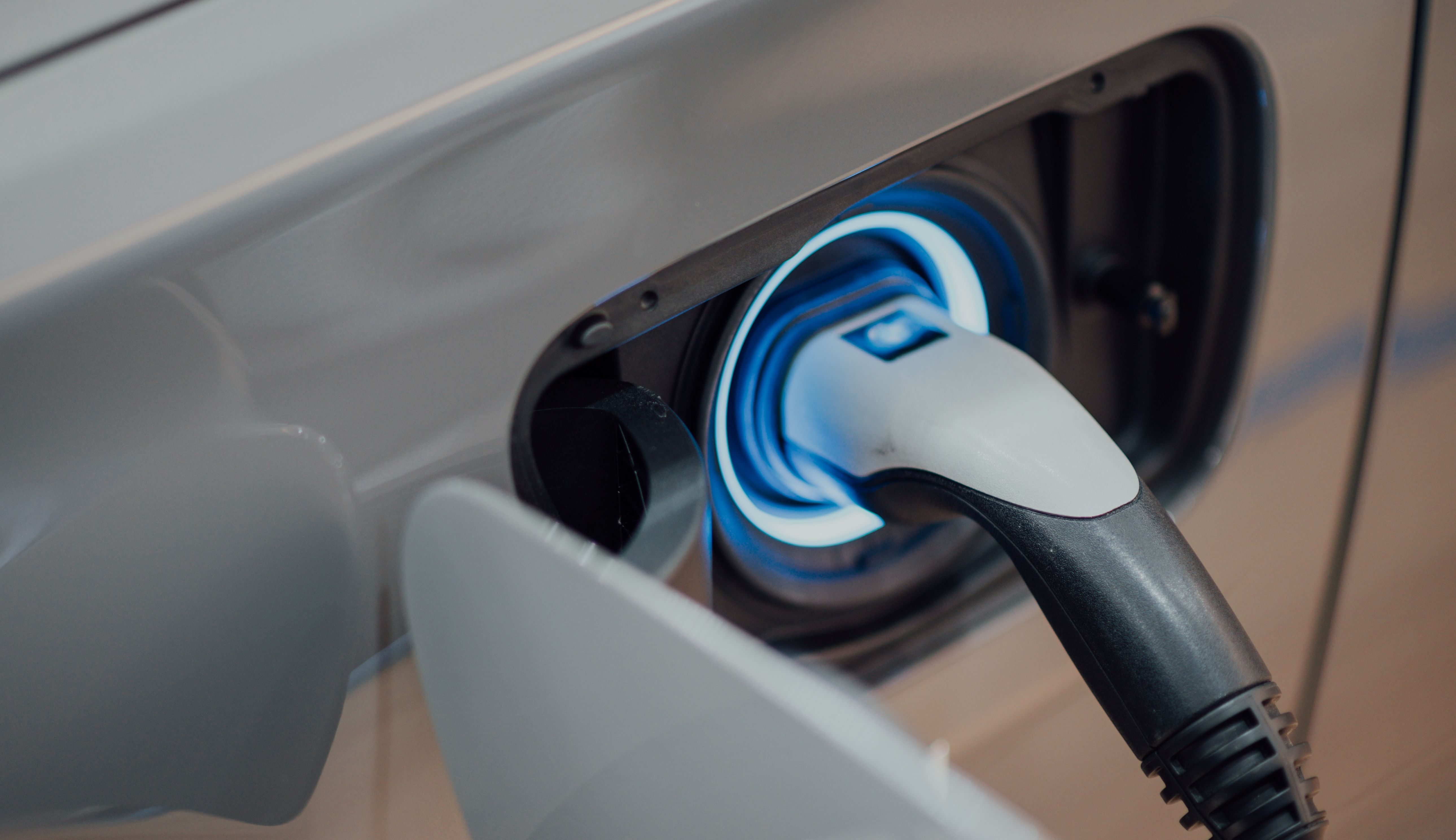Many people tend to associate electric cars with a greener planet. But is this an apt association? What you may not know is that EVs come with their own environmental cost. So, what are the downsides of electric cars, and why are they bad for the environment?
1. The Manufacturing Process
Like any other vehicle, EVs need to be manufactured. Today, electric cars are produced in huge numbers to meet ever-increasing demand, which requires factories, machinery, and other resources. The process of producing EVs results in a hefty carbon footprint, as many manufacturers use electricity sourced from non-renewable resources.
It's also important to note that battery production is at the core of the EV manufacturing process. We'll discuss EV batteries in more detail a little later, but battery components considerably increase the overall energy requirements needed for an EV compared to a traditional vehicle.
2. The Electricity Used for Charging
While electric cars do not require fossil fuels to operate, they do require electricity. We use electricity all day, every day, in almost every aspect of our lives. But most of our electricity is produced using non-renewable resources, including fossil fuels.
The US Energy Information Administration found that most of the electricity consumed within the US in 2021 came from natural gas, petroleum, nuclear energy, and coal. A shocking 61 percent of the electricity generated was derived from coal, while an additional 19 percent came from nuclear power.
This isn't the case across the board, however. For example, the UK derived over 26 percent of its electricity from wind power in 2021, with biofuel (organic materials) making up for an additional 12.7 percent of all electricity used (as per the National Grid, the company responsible for electricity and gas transmission in the UK). But, globally, we still rely heavily on non-renewable resources to provide electricity. So there's a good chance that when you plug your EV in to charge, a hefty chunk of the electricity will come from a non-renewable fuel.
To charge a Tesla Model X, for example, around 118kWh of electricity is required (as stated by Energy Sage). A Bulb (a UK energy provider) study found that each kWh of electricity used resulted in the release of 0.193kg of CO2e (carbon dioxide equivalent) into the atmosphere, which means around 22.7g of CO2e is released from each charge of a Model X. So charging an electric car still leaves a carbon footprint, however indirect it may be.
3. EV Batteries Require Rare Metal Extraction
One of the biggest cons of electric cars is their batteries. The majority of EV manufacturers use lithium-ion batteries for their electric cars (though other EV battery types do exist). Lithium is an elemental metal extracted from the planet via an evaporation process or ore mining. But both of these extraction processes have an environmental impact.
Let's start with lithium evaporation.
In certain countries, such as Argentina, lithium is harbored in salt deserts. One of the most lithium-rich salt deserts is the Salar de Atacama, Chile. The saltwater of the Atacama Desert contains lithium, which is extracted via evaporation and then stored in basins. But this is not a harmless process. Not only is electricity required to operate the machinery used, but evaporation can lead to increased water salinity and contamination, and the water supply of nearby communities is also affected by this.
When it comes to lithium ore mining, the situation is similarly dire. Lithium ore mining often involves the extraction of clay ore. This looks similar to traditional mining, wherein the earth must be "harvested" to access the desired metal. But lithium ore mining is no friend to the planet. Biodiversity loss, CO2 emissions, air contamination, and water loss are just a few of the dangerous side effects associated with this process.
The MIT Climate Portal reports that for every ton of lithium mined, 15 tonnes of CO2 is released into the atmosphere. This alarming statistic shows just how much this process is contributing to climate change.
But it doesn't stop there. A variety of other metals are also used in EV batteries, including cobalt and nickel. Like lithium, cobalt and nickel must be mined for extraction, which brings another slew of dangerous side effects, including high CO2 emissions, water pollution, and decreased crop yields, and that's without delving into the considerable human cost (including exploitation, slavery, child workers, and horrendous working conditions) of extracting these rare metals.
The increasing demand for EV batteries, and therefore the metals within, is a huge cause for concern.
4. Tire and Brake Emissions
You've heard of exhaust emissions before, but are you aware of the emissions released by our brakes and tires? That's right. The brakes and tires used by our vehicles produce emissions, regardless of whether what we're driving is fuel-powered or electric-powered.
As you likely know, tires wear down over time and must be replaced. This is because as our tires work away on the road, tiny particles are released from friction. Unfortunately, it's these particles that pose a big environmental issue. In fact, Emissions Analytics believes that tire emissions could be 1,000 times worse than exhaust emissions.
Tires contain a range of carcinogens, such as dibenzopyrenes. When these particles pollute bodies of water, they can harm aquatic life. When they pollute the air we breathe, we are also at risk.
The situation is similar with brake emissions. Whenever you apply the brakes on your vehicle, the brake pads lining your brake discs get worn down, releasing particles. Brake emissions contribute a worrying 20% of the atmosphere's roadside traffic pollution (as found by the Air Quality Expert Group), which signifies a serious environmental risk.
5. EV Battery Disposal
As previously discussed, EV batteries require certain metals to operate. These materials aren't just an extraction issue; they're also a disposal issue.
You may have already heard about lithium-ion batteries and the hazards they pose to the environment (such as toxic gas emissions, excess waste, and water contamination). Given that many EV brands use lithium-ion batteries, the disposal process has become an environmental concern.
If EV batteries were disposed of in the same way as typical trash (like wrappers, baby wipes, and cotton buds), they would have a harmful effect on the environment. But there is a solution to this issue. EV batteries can be recycled so their effect on our planet is substantially lessened.
EV battery recycling is a hot topic, with more and more batteries expiring after long-term use. Various suggestions have been made on how EV batteries can find a new lease of life. For example, older EV batteries could be repurposed as on-the-go vehicle chargers or even put back into use as the main battery of another EV once refurbished.
If a given EV battery is so degraded that it can no longer be repurposed, the materials can be smelted down and reused elsewhere. These options can greatly reduce EV waste and take some pressure off our environment.
The Downsides of Electric Cars
Today, most manufacturing and maintenance processes result in some form of environmental impact, and the case is no different for electric vehicles. To create and operate EVs, our planet must still pay a price. Hopefully, this will change as renewable energy sources become more popular and EV battery recycling schemes become more efficient, but for now, it's safe to say that electric cars are by no means environmentally benign.







